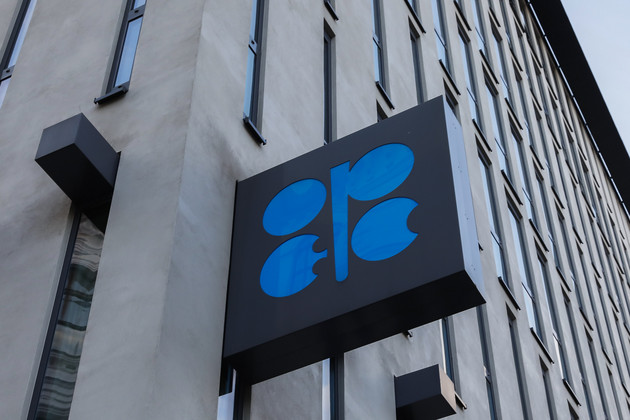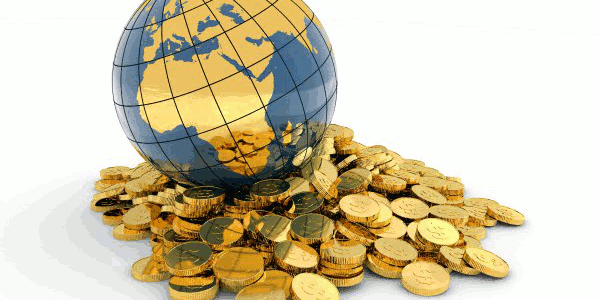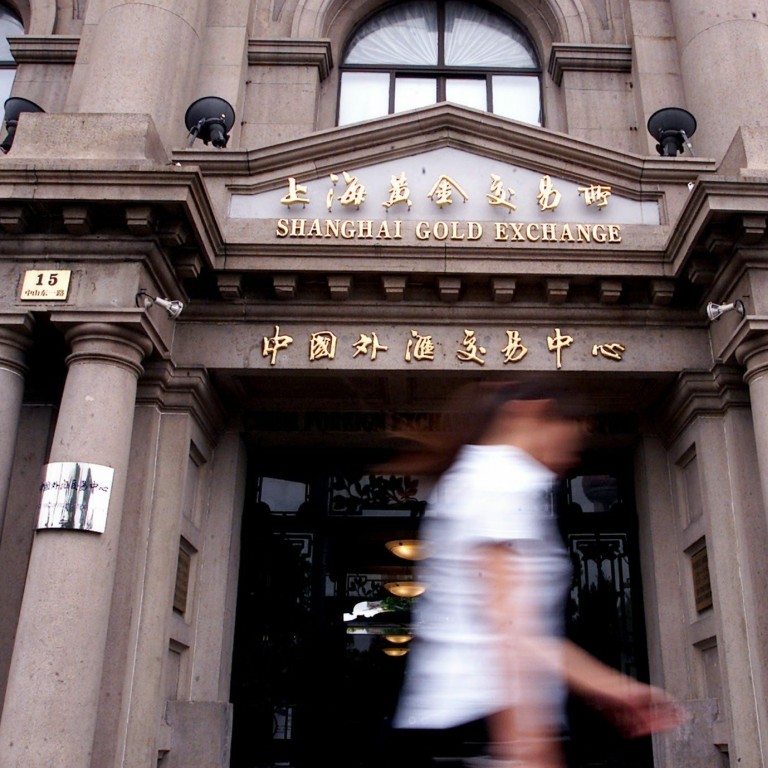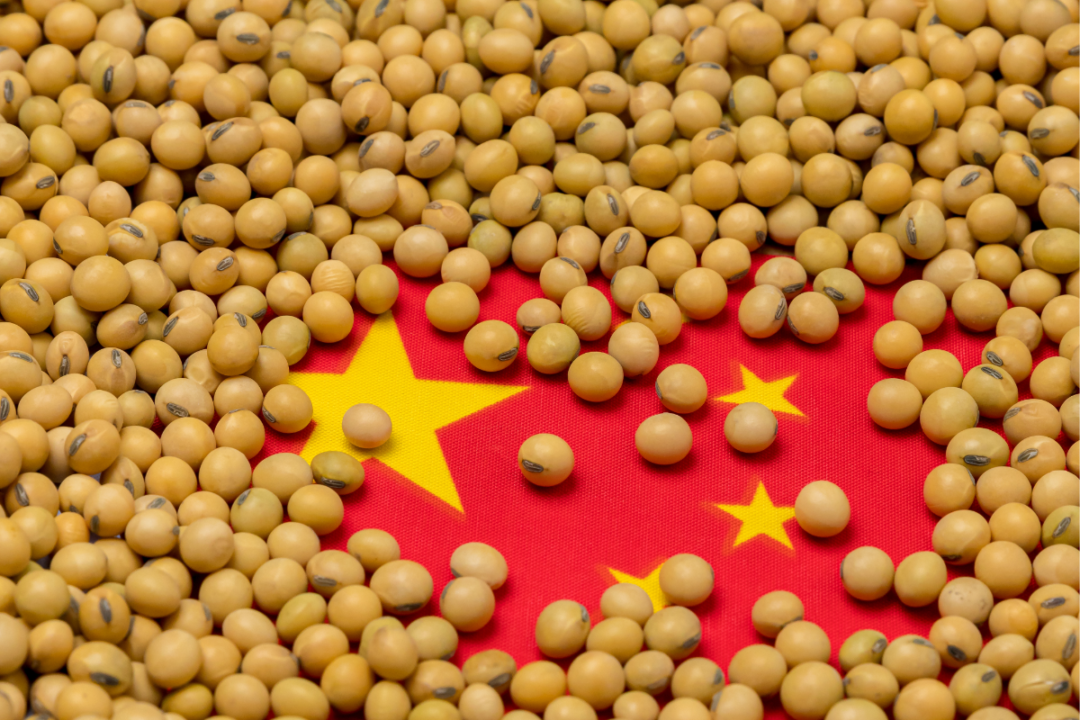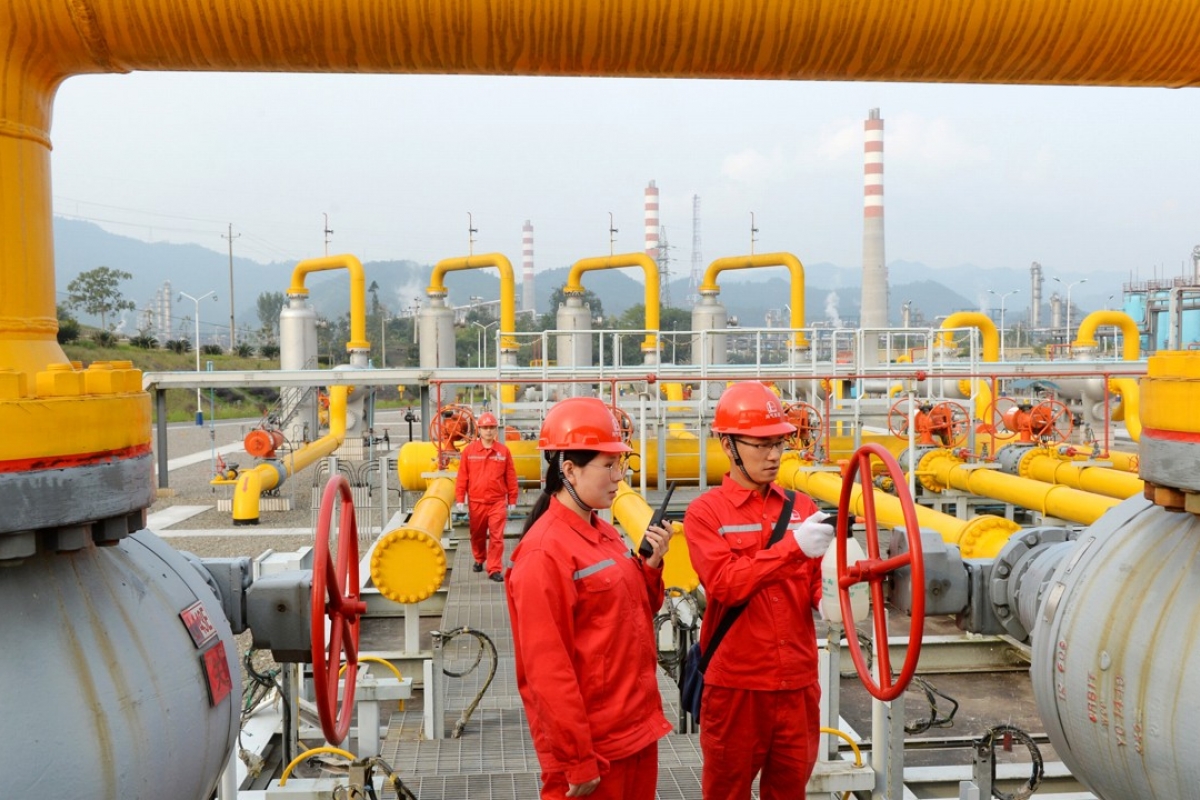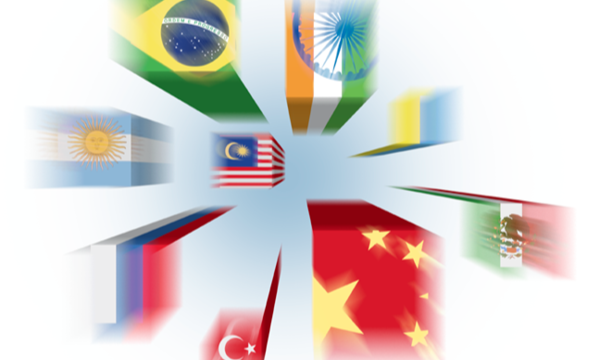China’s global economic ambitions rest, at least in part, on the success of its Belt and Road (B&R) initiative, which aims to elevate the country’s role in global trade by, among other things, establishing new trade links and investing heavily in other countries’ infrastructure networks.
B&R can only be considered a success with the alignment of several core principles. Consistent outbound investment from China is a given, but equally important are the active participation of the more than 60 nations along this rebooted Silk Road, as well as steady adoption of the Chinese renminbi (RMB).
“China is planning to invest about USD1 trillion in infrastructure along Belt and Road trade routes.”
Among those 60 nations, China needs partnerships with established financial, logistics and commerce-friendly hubs that can facilitate trade. Markets with existing infrastructures will serve many purposes, particularly those deemed strategic within the Chinese government’s broader RMB internationalization goals.
We estimate China is planning to invest about USD1 trillion in infrastructure along B&R trade routes over the next decade, much of it in the Middle East, North Africa and Asia.
Current levels of outbound investment by Chinese firms into the Gulf – projected to be around 20 per cent of total volume – suggest the region could have a significant role to play in making B&R a success.
The UAE: A Solid State
Various metrics suggest the UAE could be become a major hub within the broader B&R and RMB framework. For a start, the country is welcoming to foreign investment, and is already a major player in global trade. It is also increasingly being selected as the regional operational centre for global and regional banks looking to get a foothold in the Middle East market.
There are solid foundational economic links between China and the UAE, with its potential RMB market and status as one of the most active Middle Eastern countries using the RMB for direct payments to China and Hong Kong on SWIFT, a global payments network.
Trade between China and the UAE reached an estimated USD60 billion last year
The UAE has positioned itself as China’s second-largest trading partner, the largest export market in the Middle East, and an important trading hub for Chinese products. Trade between China and the UAE reached an estimated USD60 billion last year, up from USD54.8 billion in 2015, according to the UAE’s Ministry of Economy.
Growing UAE-China trade is underpinned by the fact that there are approximately 4,200 Chinese companies operating in the UAE, including some of China’s biggest corporations such as China State Construction, China National Petroleum, and China COSCO Shipping. B&R will complement and enhance this trade relationship.
Supportive Regulation
There is increasing alignment on the regulatory front, as well. Abu Dhabi’s financial regulator and China’s financial regulator have agreed to facilitate cross-border activities and enhance regulatory collaboration, which will make it easier for financial institutions in the two regions to do business with one another, while ensuring they have clarity on their cross-border operating positions and responsibilities.

In addition, the Dubai International Financial Centre (DIFC), the leading financial hub for the Middle East, Africa and South Asia region (MEASA), has reaffirmed its commitment to supporting B&R and establishing a financial platform for Chinese institutions. According to the DIFC’s 2015 full-year results, Chinese banks in the DIFC doubled their balance sheet in the preceding 18 months, which suggests there is great potential in the region for Chinese business. In addition, the DIFC should act as a key entry point to investment in the MEASA region.
A Regional Trade Hub
The UAE’s state-of-the-art ports, customs services and free-trade zones have made the country a strategic point from which to conduct business throughout the Middle East. The 40+ free zones in the UAE are designed to encourage foreign investment with easier start-up processes, labour and immigration procedures, and other legal services.
While a Gulf Cooperation Council (GCC)-China free trade agreement is still being negotiated, several factors will immediately work in the UAE’s favor.
The UAE is the Middle East region’s largest container handler, with a number of advanced port facilities capable of moving a huge amount of goods; and there are extensive rail links between East Asia and the Middle East, fusing land routes to shipping lanes.
Additionally, the UAE has a unique opportunity to act as an influential facilitator within the broader role of RMB in China-GCC trade, not to mention trade with Africa, by virtue of its strategic geographical location, its existing financial infrastructure and RMB deposit base.
Moving In The Right Direction
Another landmark development in the UAE-RMB relationship was reached in December last year, when the People’s Bank of China confirmed Agricultural Bank of China as the operator of its new RMB clearing bank in Dubai. It will be a conduit for flows of RMB money and goods to GCC countries and beyond.
“The UAE has every chance of succeeding as an RMB centre.”
In 2015, Qatar became the first country in the Middle East to host an RMB clearing facility, with Industrial and Commercial Bank of China (ICBC) as the clearing bank. Since then, it has cleared some RMB350 billion in transactions, suggesting there is great potential in this space for Dubai.
These are just some of many factors working in the UAE’s favour. Bolstered by a clear mandate from policymakers to attract business from China, the UAE has every chance of succeeding as an RMB centre. Once it does, it could become a core financial hub for B&R.
Photo Credit: Emirates 24/7

